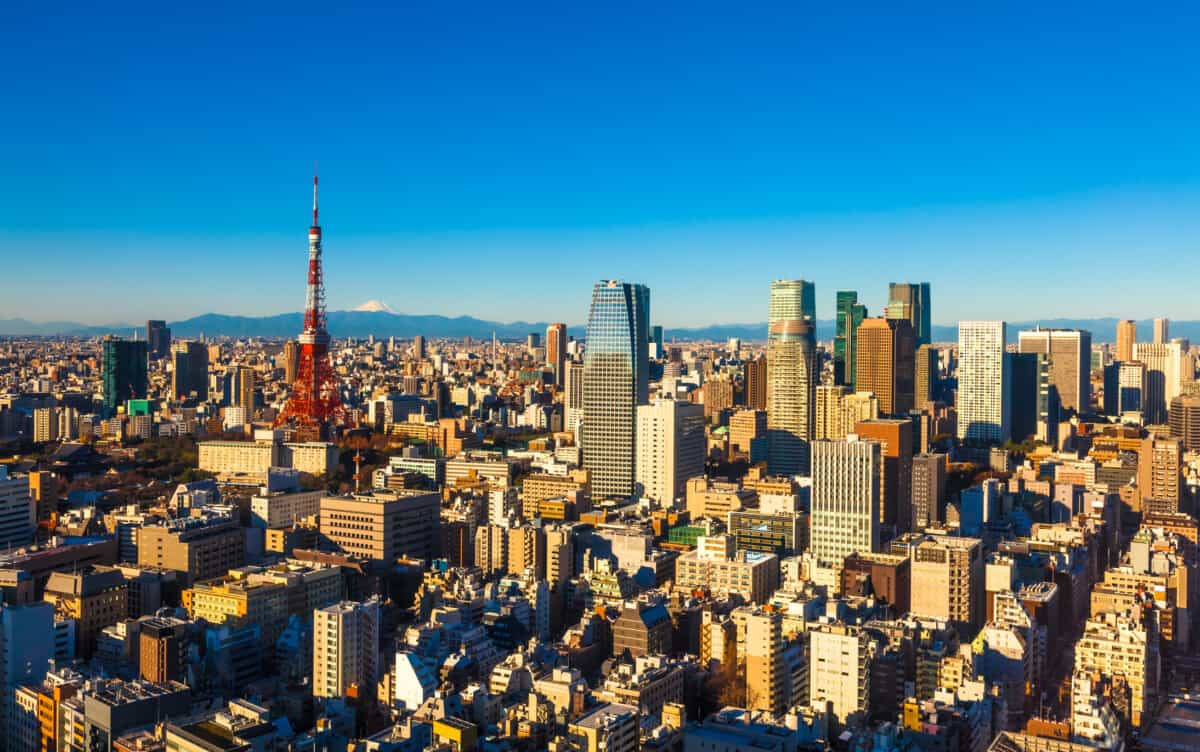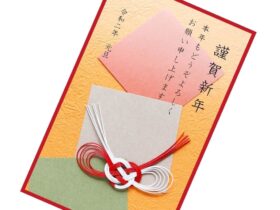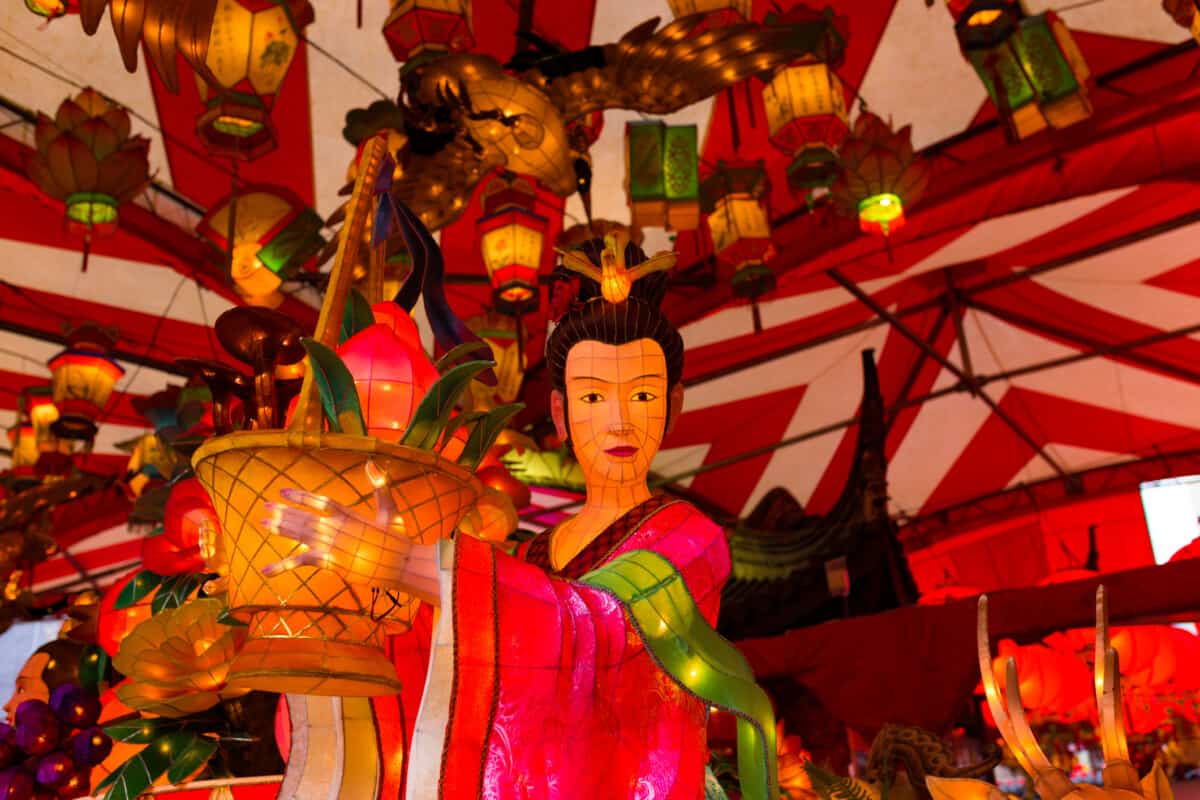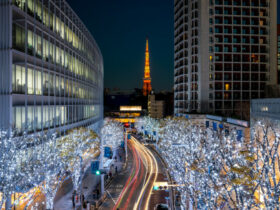Japan is a country of astounding technology, breathtaking beauty, and welcoming people. It is also prone to earthquakes and the people who live in Japan experience around 1,500 minor earthquakes each year. Here, earthquakes are measured using Japan’s unique Shindo Seismic Scale, also known as the Japan Meteorological Agency (JMA) Seismic Intensity Scale.
Rest assured, Japan has taken every precaution for earthquake safety and if you’re planning a trip anytime soon, it is still one of the safest countries in the world to visit.
For your forthcoming trip, this article lists everything you need to know about the Shindo scale for earthquakes.
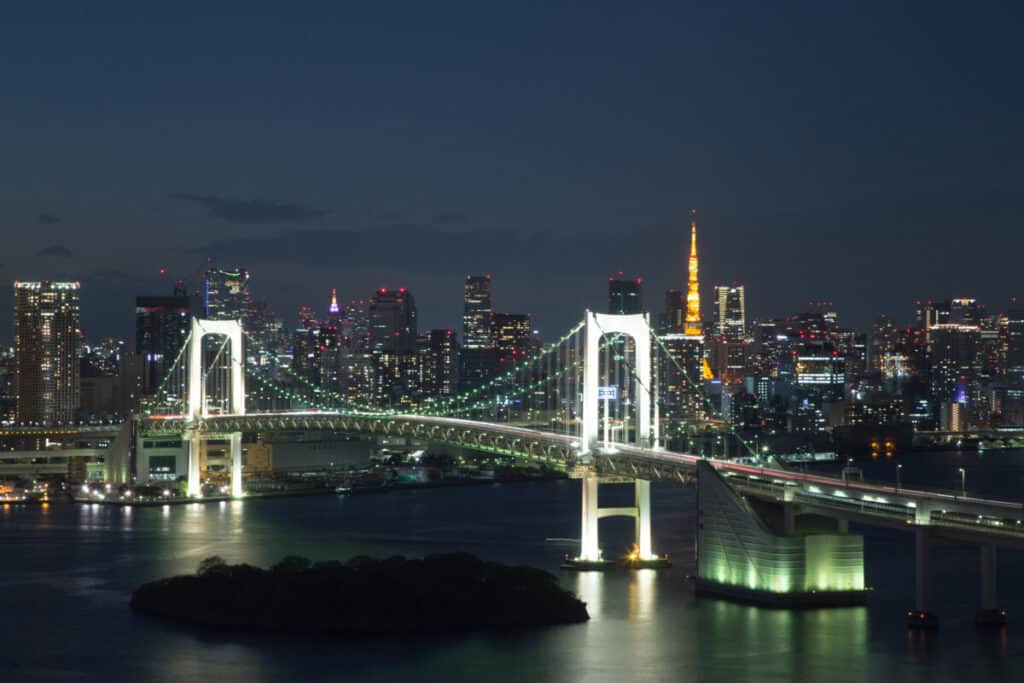
What is the Shindo Scale?
The Shindo Scale is Japan’s preferred way to measure the effects of an earthquake. Sitting on an area of high seismic activity known as the Ring of Fire, Japan regularly records the greatest number of earthquakes of any country in the world per year.
The Shindo Scale measures an earthquake’s Seismic Intensity (SI). This is the degree of shaking at a certain point on the earth’s surface. The scale expresses it as a number between 0 and 7.
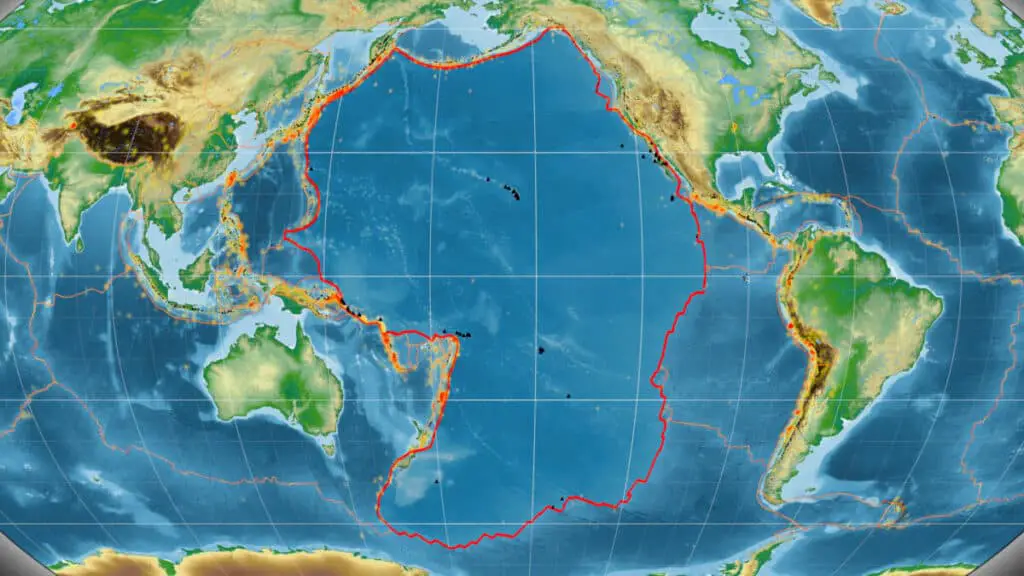
The higher the number, the more intense the shaking and the bigger the earthquake.
The Shindo Scale is only used to measure earthquakes in Japan and Taiwan.
How Does the Japan Meteorological Agency Seismic Intensity Scale Work?
This table lists the effects, description, and damage associated with each level of the Shindo Scale.
| Scale | Effect | Description and Damage |
| 0 | Most people will not notice anything. Only seismographs will register activity. | Little, if any. |
| 1 | Some people will notice the tremors. Those that do will mostly be in the upper levels of high-rise buildings. | Objects may shake or sway. |
| 2 | Most people will feel weak tremors if they are indoors. | Japanese sliding doors (shoji) will shake and hanging objects will sway. Buildings will shake but there will be no damage. |
| 3 | Almost everyone will notice the tremors and some people will be frightened. | Doors and shoji will shake. Overhead powerlines sway. Houses will shake vigorously, and buildings with low earthquake resistance will suffer damage. Other buildings will suffer some damage, even if they are earthquake-resistant. |
| 4 | People will be frightened and those sleeping will be woken up. | There are loud noises, unsecured objects fall over, dishes rattle in the cupboard and hanging objects sway. Overhead powerlines will shake and some roof tiles will slip to the ground. Most houses and apartment buildings will shake intensely and some will crack. There may be disruptions to the electricity supply. |
| 5- | People will seek safety by running outside. Some will not be able to move because of the tremors. | Items fall out of cupboards and shelves and furniture moves. Windows may shatter and fall, unreinforced walls will topple and roads will be damaged. Residential buildings with low earthquake resistance will suffer wall and column damage. There will be blackouts and water supply shortages. Gas lines may automatically be cut off. There may be small rockfalls. |
| 5+ | Most people will find it difficult to move and there will be widespread fear. | Heavy furniture falls over, sliding doors slip from their grooves, and door frames warp. All unsecured and most secured objects will rattle and fall. Unreinforced walls collapse, and cemetery headstones fall over. For most cars, it is impossible to drive because of the shaking. Vending machines may fall over. All residences with low earthquake resistance suffer massive damage. Gas and water mains are damaged and cracks appear in the soft ground. |
| 6- | People will find it difficult to stand up. | Most furniture topples, all objects shake violently and many doors will be difficult to open or close. Electricity poles will swing and fall over, causing fires. Less earthquake-resistant residences collapse and multi-story buildings may topple on each other. Earthquake resistance buildings may also suffer severe damage. Gas, water, and electricity are disrupted, there are landslides, and large cracks appear in the ground. |
| 6+ | People cannot move without crawling. | Most furniture topples, trees fall over, and bridges and roads are damaged. All residential buildings are damaged and many will collapse. Gas, water, and electricity are disrupted, there are landslides, and large cracks appear in the ground. |
| 7 | People are unable to move. | Most furniture is displaced, wall tiles and windows break and fall off, and some reinforced concrete walls collapse. Most residences are severely damaged or collapse, no matter how earthquake-resistant they are. Most buildings are damaged, while gas, water, and electricity services are interrupted. There are large cracks in the ground and the landslides can change the landscape and topography. |
How Does the Shindo Scale Work?
The scales are usually installed at measurement sites on the ground floor or first floor or low-rise buildings around Japan.
The numeric value of the scale is calculated from the following factors:
- Peak ground acceleration and the length of the shaking
- The distance and depth to the focus of the earthquake
- Local soil conditions
- The geology of the area
- The earthquake’s magnitude.
How Does Shindo Scale Differ from other Ways to Measure Earthquakes?
Most of the rest of the world measures an earthquake’s magnitude. This is a measurement of how much energy an earthquake releases. The scale goes as high as 9.5.
The most well-known of these is the Richter magnitude scale, named after Charles Richter. Today, most seismologists use a moment magnitude scale (MMS) which is an updated version of the Richter scale.
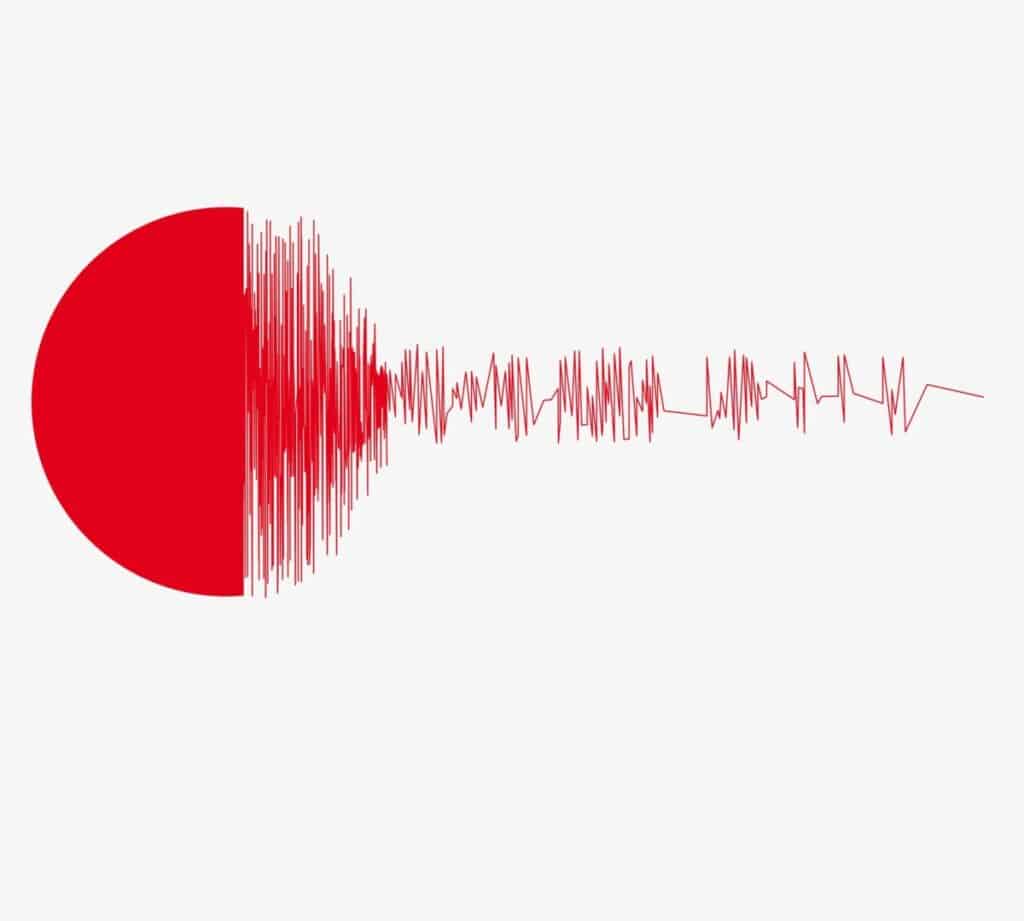
The moment magnitude scale is the standard scale to measure earthquakes by most scientific bodies including the US Geological Survey.
Not only does it measure an earthquake’s seismic movement, but it is the most accurate way to rank earthquakes by size.
What Are The Benefits of the Shindo Scale?
Unlike moment magnitude scales, the Shindo scale varies depending on your distance from the epicenter. This means that it provides locally-relevant information.
The Shindo Scale also indicates the real-world effects of the earthquake on people living in Japan and Taiwan. With an easy-to-read table, people can quickly understand the nature of the earthquake and any potential dangers they may face.

